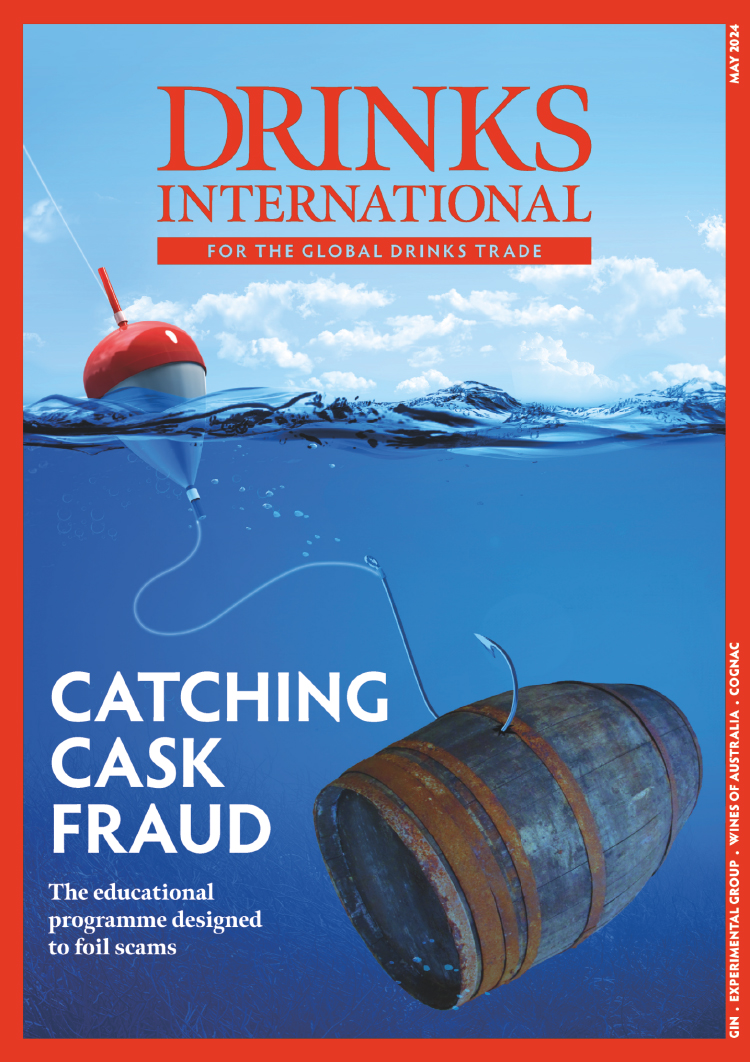TARGET AUDIENCE
Historically, brands would advertise in a gay publication to reach its target audience but there was a very real fear for some that they would be tarred by the rainbow brush and be labelled a ‘gay brand’ by its non-gay audience. “What I am seeing is that this is starting to change,” Thompson says. “A lot of gay consumers are not going to gay venues or receiving information in the same way – so how do you target them?”
When Absolut launched in 1979, the LGBT community was still very marginalised by mainstream society, according to Gaia Gilardini, global communications director for Absolut.
“As acceptance of the LGBT community has progressed, some brands may feel there is less risk of alienating mainstream consumers when appealing to the LGBT audience,” says Gilardini.
Pernod’s relationship with the community started almost instantly when it began advertising in LGBT-targeted magazines in the 80s – one of only a handful of large companies to do so. Fast-forward almost 30 years to 2008 and the Absolut brand got to collaborate with Gilbert Baker, the creator of the rainbow flag, to create its US limited-edition colours bottle. “Our aim wasn’t to specifically target the LGBT community, but rather celebrate it with a bottle that would appeal to anyone who values an open world where people are free to be their true selves. I can’t speak for other brands, but Absolut wants all types of people to connect with each other, and this is just one of the ways that we demonstrate this,” says Gilardini.
Stoli was a little later to tap into this community, “In the early 90s [we] created an authentic account-level marketing initiative, which advanced Stoli’s active support for LGBT individuals and organisations,” says Patrik Gallineaux, Stoli LGBT ambassador. And today? “We work with and foster close relationships with LGBT organisations around the world, and create programmes that truly make an impact for the community at large.
“Ultimately, Stoli believes we have a responsibility to make a difference. Working towards a world of complete inclusivity is at the heart of everything we do.”
But Stoli’s relationship with the LGBT community hasn’t always been amicable. In response to Russian president Vladimir Putin banning “propaganda of nontraditional sexual relations” in 2013, and the ensuing furore around the 2014 Sochi Winter Olympic Games and whether LGBT athletes would be shunned, international protests and vodka boycotts calling for bars to Dump Russian Vodka erupted. Stoli was one of the ‘Russian’ brands that was specifically targeted during this time.
Then and since, Stoli’s Luxembourg-based owner SPI Group has been keen to state that it is in no way affiliated with the Russian government and the brand has not been owned by a Russian company since 1997. The Stolichnaya vodka made in Russia for the local market is owned by a state-controlled entity.
“During the boycotts, it was imperative to let the LGBT community know that Stoli shared the same desire for justice and equality,” Gallineaux says. “We were and continue to stand proud and strong with the LGBT community and coming out of the boycotts Stoli’s relationship with the LGBT community became even stronger. The boycott has been an incredible opportunity for education and the opportunity to have new dialogues, to forge new relationships and to unite the brand and community more closely.”




